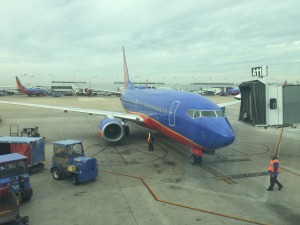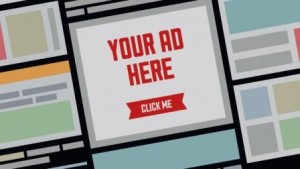We all know the proverb, “All work and no play makes Jack a dull boy.” In 2016, that’s no longer the case. Less than one-third of U.S. workers are engaged at work. Instead of coming to the office bursting with energy, many arrive dreading countless emails and afternoons packed with meetings. How do organizations reengage employees and increase productivity at work? Gamification may be the answer.
Game-based motivation – including competitions, performance rewards, and status recognition – not only engages employees, it makes them more productive. According to an independent survey conducted by Badgeville, gamification increases productivity levels for 90% of workers and boosts awareness of co-workers’ goals and tasks for 86%. Survey respondents, including 500 business workers ranging from entry-level employees to C-level executives, also named an “increased desire to be at work and engaged” (30%), “inspiration to be more productive at their job” (27%), and the “focus to stay on task and avoid distraction” (20%) as the top benefits of gamification.
In addition to increasing workforce productivity, gamification can successfully provide the incentive necessary to motivate employees and boost morale. Not surprising, millennials – a demographic that will represent nearly 75% of the workforce by 2030 – expect gamification in a modern organization and believe gamification solutions will inspire them to work harder. Therefore, applying gamification to mundane tasks can not only attract and motivate millennial talent, but also make the workplace more exciting and interesting, even for non-millennials.
Gamification may be the solution to combating low productivity and retention levels, but how exactly are companies using it? Gamification comes in many forms. With AnswerHub Knowledge-Driven Productivity (KDP), companies such as PayPal, eBay, LinkedIn, and Epic Games use badges, reputation points, and expert status to motivate users to reach various goals and achievements within their online communities. An article from The Wharton School of the University of Pennsylvania highlights three other examples of gamification at work:
Microsoft
Microsoft wanted employees to beta-test an upcoming version of its Windows operating system. Employees were reluctant to spend their valuable time testing the new software, until it was turned into a game of hangman. Upon completing various tasks, players earned virtual letters (spelling out B-E-T-A), but no other prizes or rewards. As soon as the game was implemented, participation quadrupled. Microsoft uses games on an ongoing basis to motivate employees in many ways, including through “Communicate Hope,” which encourages players to test new products by having teams compete in order to help disaster relief.
U.S. Army
The U.S. Army created a game, “America’s Army,” which puts players through simulated basic training before launching them into playing an exciting team-based combat game. The game cost just 0.25% of the Army’s recruiting budget, but was more effective at attracting recruits than all other forms of advertising combined.
Zappos
Zappos used gamification to create a tight-knit atmosphere at its corporate headquarters. When employees log onto the corporate intranet, they are shown the face of someone at the company. If they can’t identify the person, they are encouraged to email the person to meet them and create a new connection with their colleague.
Gamification isn’t just a fad – it’s the future of business management and employee engagement. The gamification industry is expected to reach a staggering $ 11 billon by 2020,and in an era where U.S. workers put in more hours than any other workforce in the industrialized world, it’s time to have a little fun at work. Regardless of size or industry, there is a way to gamify your business. Do some research, gauge employee interest, and create a plan to boost productivity, reengage employees, and motivate your team with gamification.
Business & Finance Articles on Business 2 Community(61)
Report Post





